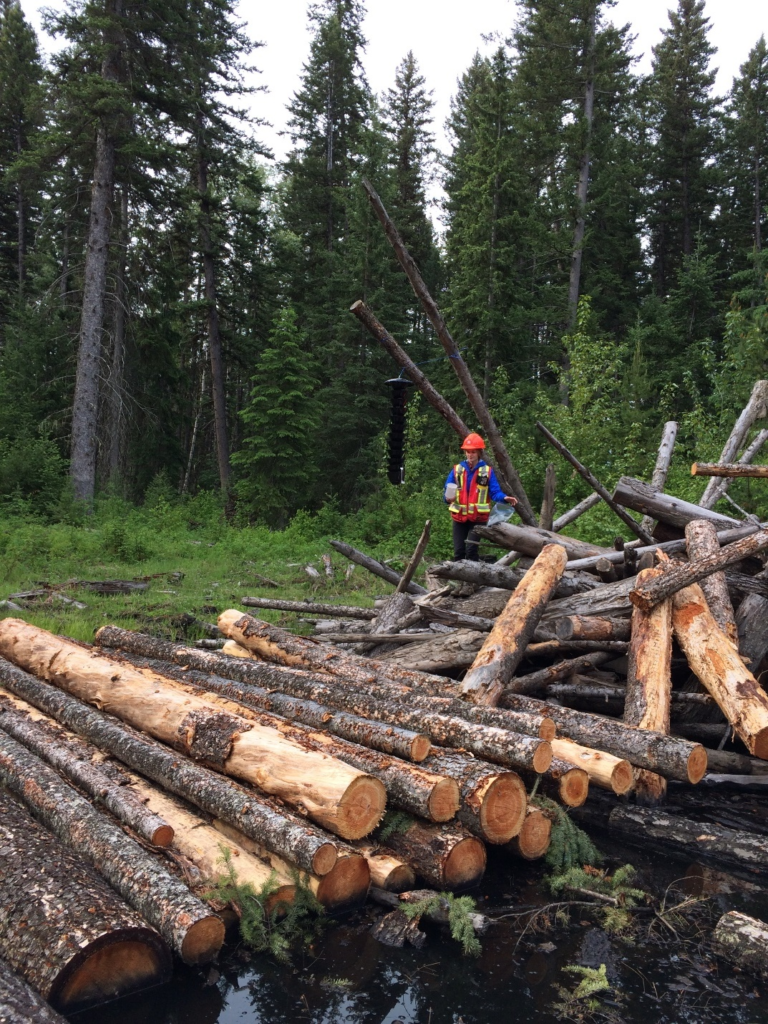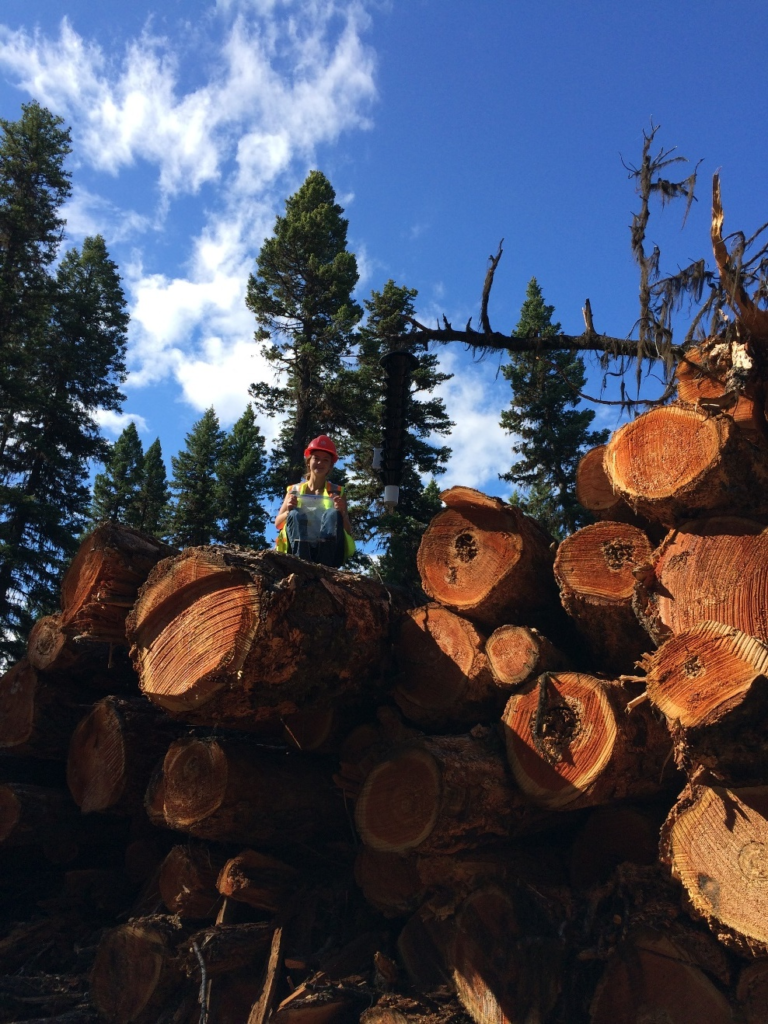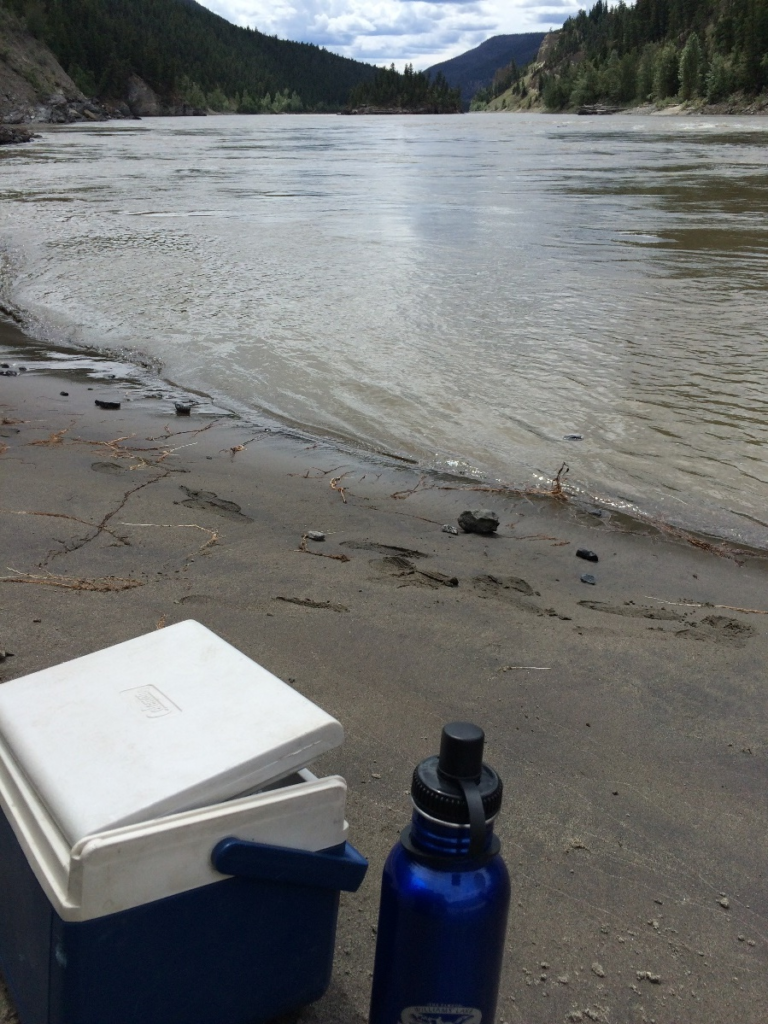Battle of the Beetles
August 22, 2016 2:25 pm Leave your thoughts
Our forests are constantly fighting for their survival. Each and every tree will be subjected to competition, pathogens, harsh environments, and pests over its lifetime. I’m sure you’ve all heard of the mountain pine beetle and the immediate effects that the epidemic in BC had on our forests, but did you know that every species of tree has its own unique insect/pest, and some species of pests attack more than one species of tree? A large part of my job (every Friday actually) consists of helping to control these attacks, and it’s pretty interesting!
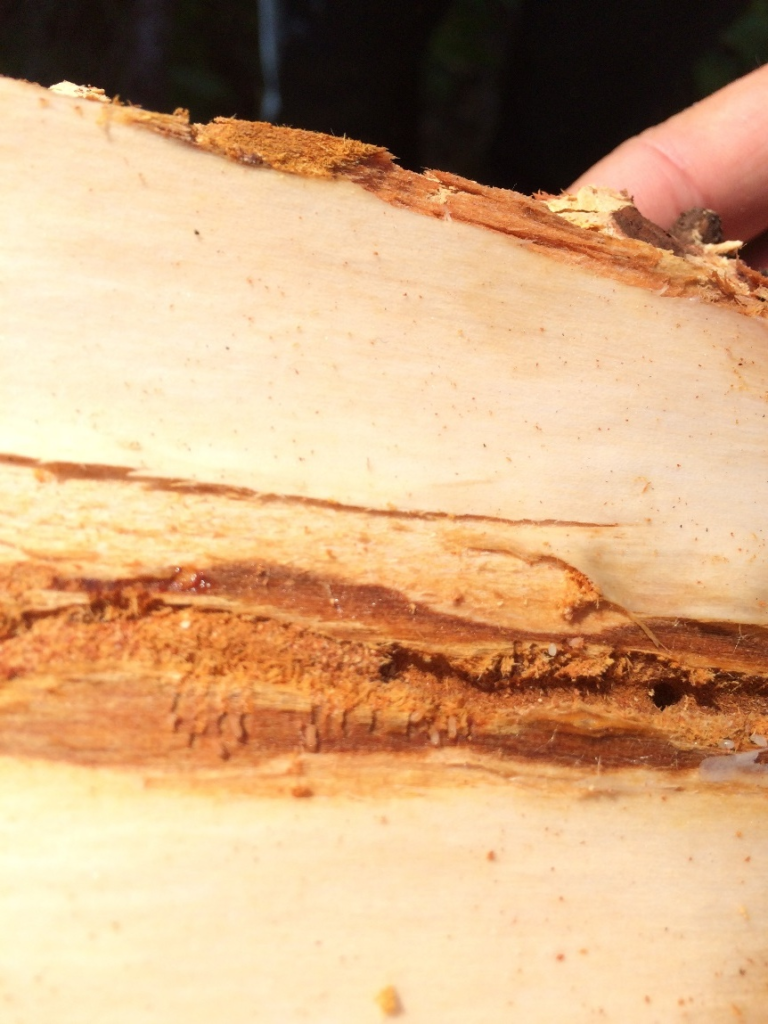
Figure 1. This is called a gallery. The adult bark beetle enters the tree through cracks in the bark and eats its way up the tree where it lays eggs along the way. These eggs hatch and the larvae eats perpendicular to the main path, destroying the trees mechanism for nutrient and water exchange, eventually killing the tree.
Our main focus in the Williams Lake area is working to control the current outbreak of Interior Douglas Fir Bark Beetle, Dendroctonus pseudotsugae, or IBD for short. In June, I attended a one day course with West Fraser on how to identify the beetle, its lifecycle, how/when it attacks the trees, etc. We had a big field portion where we ventured into one of the community forests in town to practice “probing” the stand for beetles. Probing is basically searching each tree for signs of current and past attack of bark beetles in general, and then marking the trees with spray paint as clean or infected. It is important to keep track of the infected trees and deal with them appropriately (most likely harvesting or burning) in order to prevent the spread.
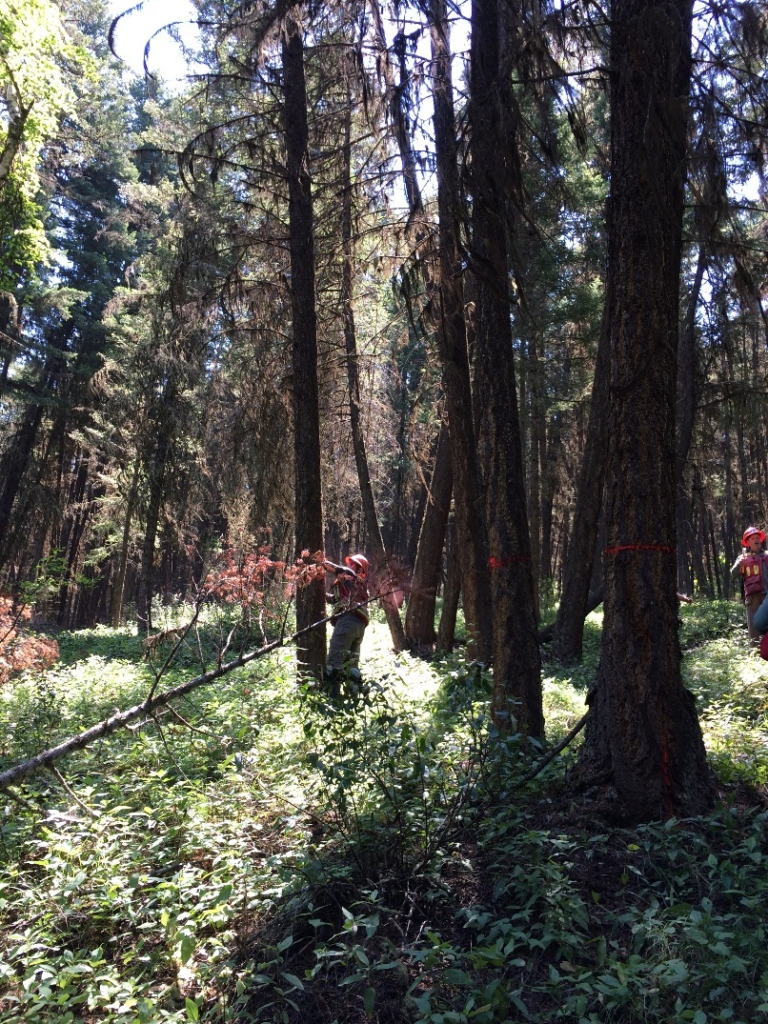
Figure 2. The field portion of the IBD probing course. The dot indicates a clean tree, and the line circling the tree indicates attack.
West Fraser has many beetle projects underway for controlling them and this can be done through a variety of methods. I was involved with the funnel trap project this summer. A funnel trap is a series of connected funnels, about 1.5 meters long, that has a small cup attached at the bottom. These traps are baited with pheromones and hung in specially identified areas. Beetles have a great sense of smell but can’t see very well. They are attracted to the traps which look like dark cylindrical tree stems to them. They land, and try to bore into bark but end up just falling down into the cup, unable to get back out. West Fraser has us checking these traps once per week, emptying the cups into ziplock bags. The beetles are later disposed of. The purpose of a funnel trap is to secure the current attack beetles in a controlled space where we can exterminate them and keep them out of the trees. We trapped trees in three major areas, Buxton, Mackin Creek, and Dash Creek. All the summer students were responsible for these traps, and we always split up into pairs and get all three sets done every Friday.
Buxton: 1 hour east of Williams Lake (between Big Lake and Likely); ~ 40 traps
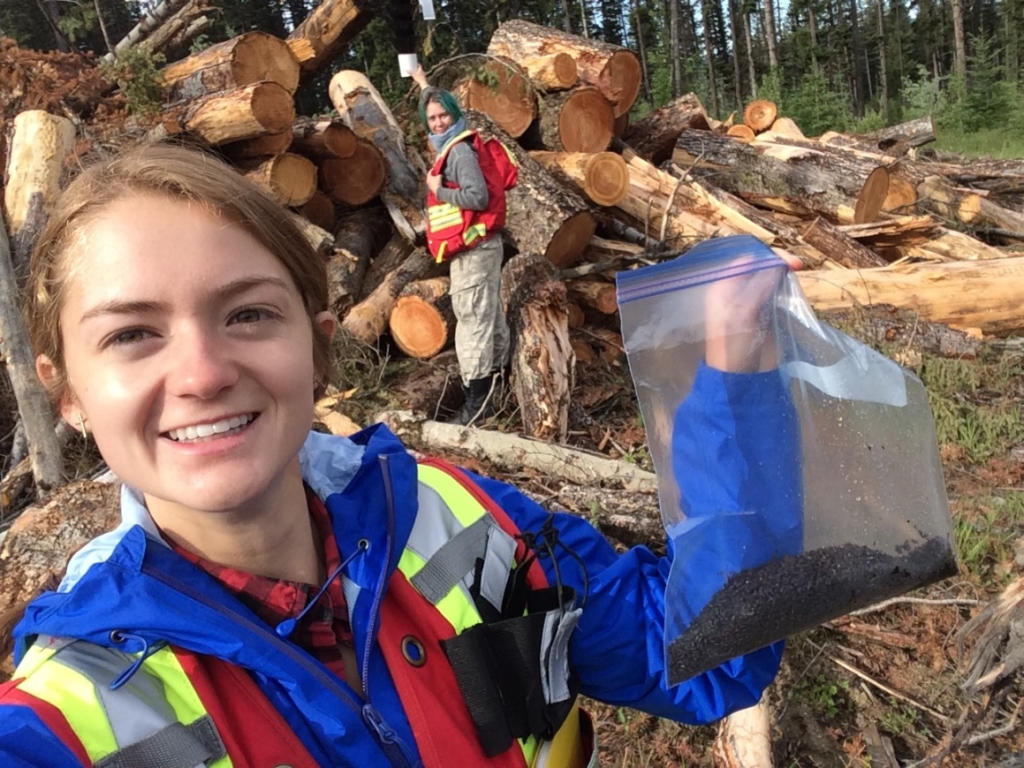
Figure 4. Erin and I showing off our beetles in Buxton. These bags are usually packed full of beetles, and sometimes we need two or three!
Mackin Creek: 35 minutes west of Williams Lake; ~40 traps
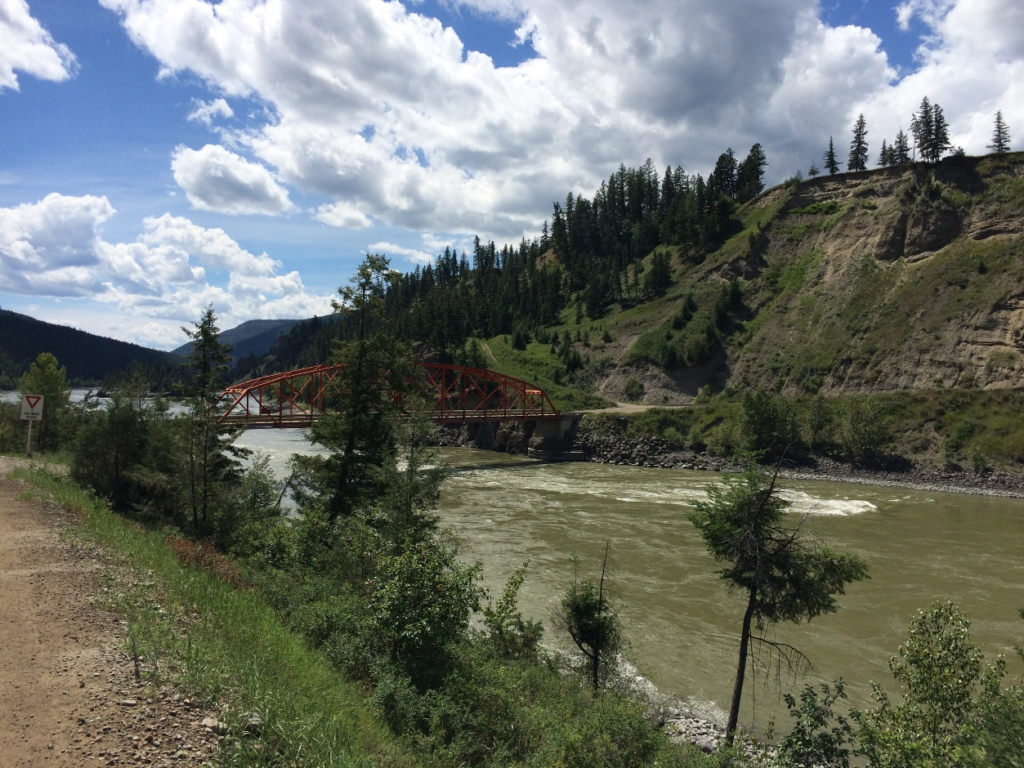
Figure 6. Erin and I often stop at a beach under the Rudy Johnson Bridge on our way back to town for lunch. We really love watching the mighty Fraser River and dipping our toes in the water.
Dash Creek: 2.5 hours west of Williams Lake; ~40 traps
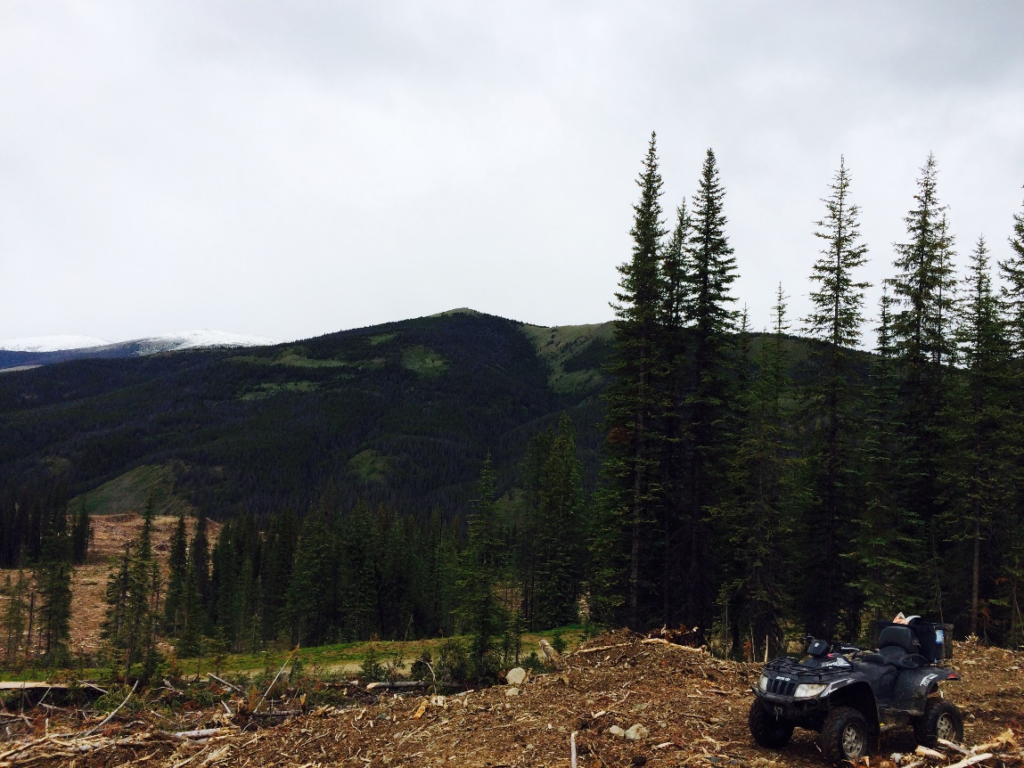
Figure 8. The Dash traps are quad access only so it’s a really long but super fun day in the bush! This is a beautiful valley where we are trapping a different pest, Spruce Bark Beetle, Dendroctonus rufipennis.
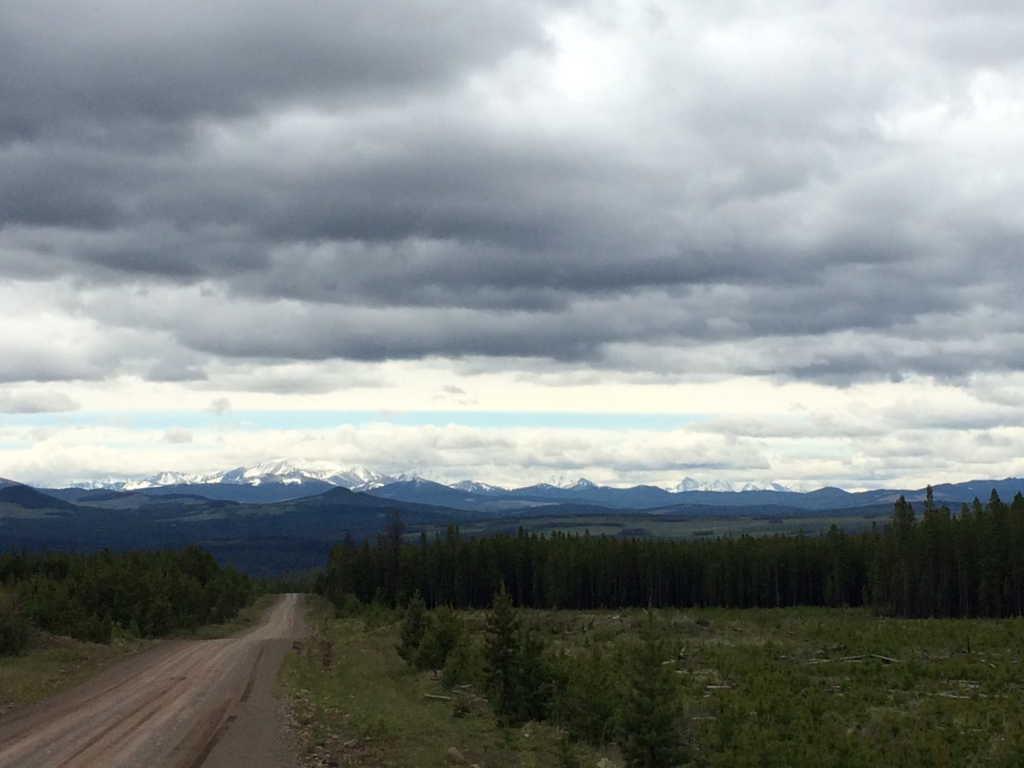
Figure 9. The drive out to Dash is very scenic. I love seeing these mountains when I’m heading west.
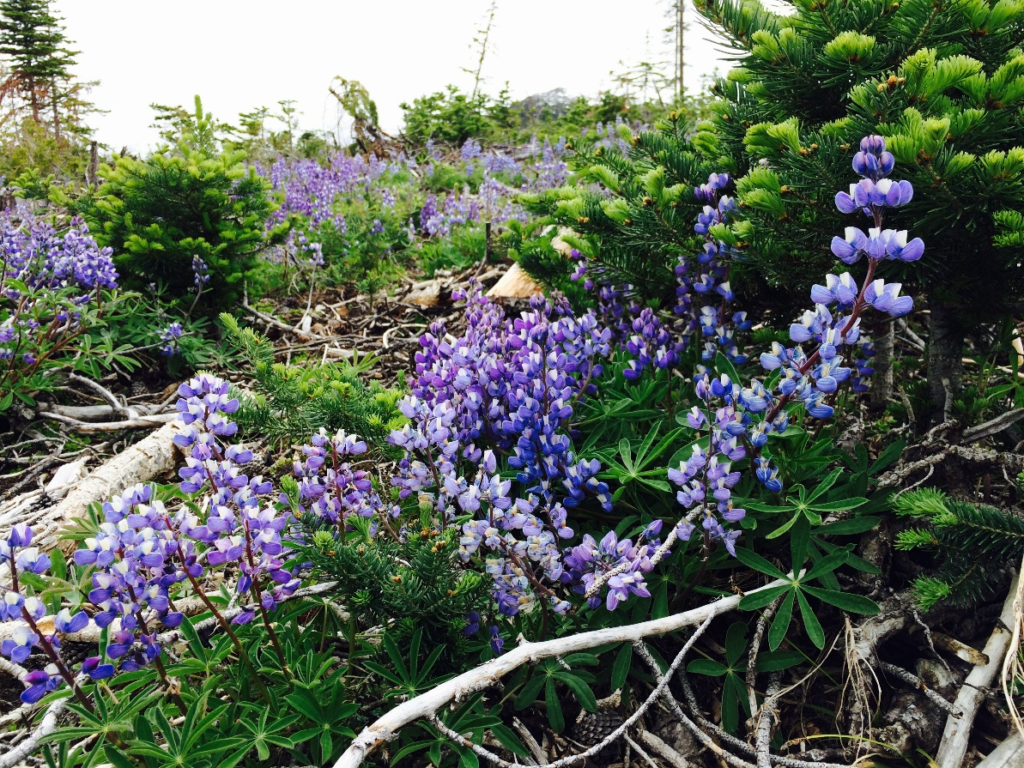
Figure 10. The entire cut block in Dash Creek where our traps are had a bloom of arctic lupines. These flowers were so vibrant, adding to the beauty of the valley.
These cups can sure get stinky, especially after it rains. The smell is actually so strong that we have an issue with bears finding the traps and ripping them down and chewing them up so they can lick out the bugs. This has been a really interesting component to the Friday trap days, as we get to see how creative and clever the bears are in destroying some of our traps. We are often replacing cups and parts of the funnels due to large tooth marks. At one of our trap locations, Dash Creek, I actually saw 4 bears in one day and had my first run-in with a grizzly in the field! I’ll be talking about that one later on along with all my other bear encounters, so watch out for the story coming soon! The most important thing with the traps is that the beetles are taken out of the stand, so whether I have them in a bag or a bear has them in his belly, everyone is pretty happy.
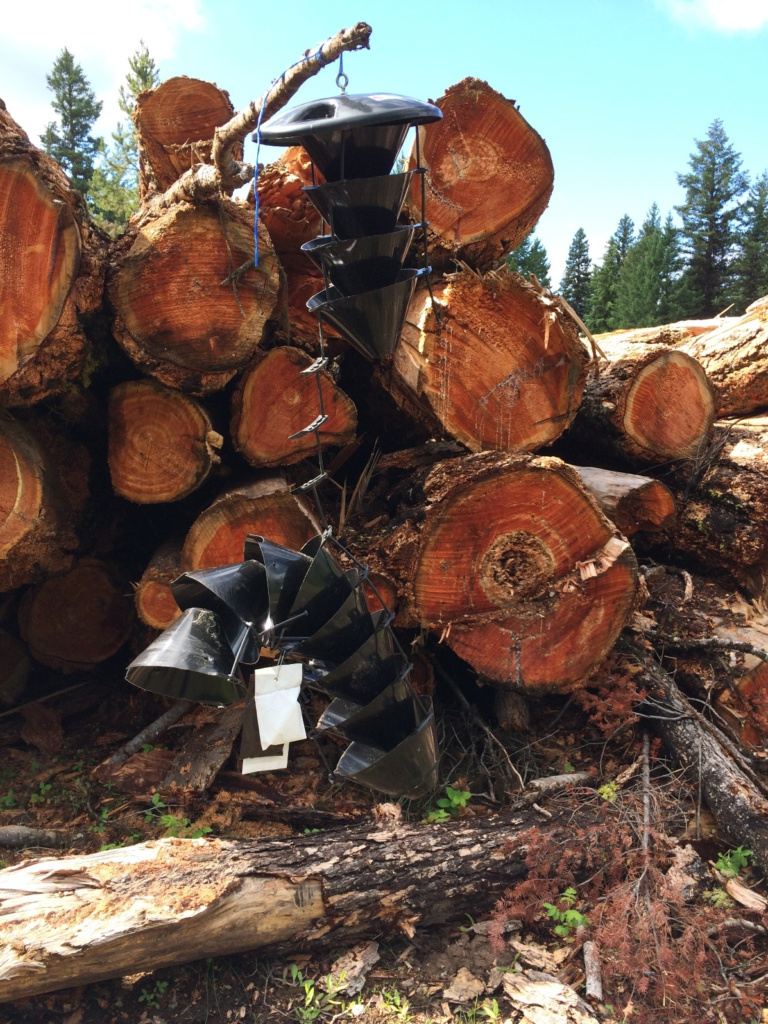
Figure 11. The effects of a bear on our traps; an extreme example. We can often fix these in the field but sometimes they have to been taken down.
If you guys have any questions on this, I’d love to hear them in the comments! Thanks for checking in!
Sydney

